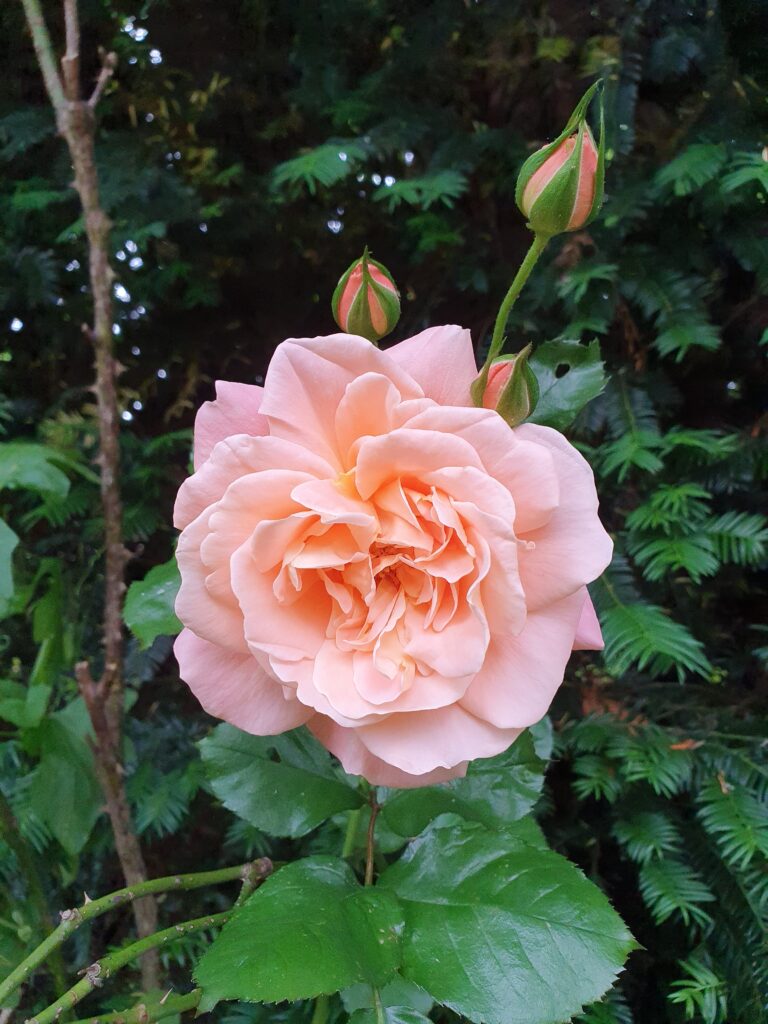
This is an update to my original article about my plants database. Since I first created a database of the plants in my garden and house, I’ve been experimenting with different ways of using it and have added some new features. As my database template is available for others to use, I’m providing this update to explain some of the new things I’ve added.
One important new feature is the “When to care” column. As an inexperienced gardener, I didn’t know much about how to care for the plants in my garden, so I’ve spent some time researching which plants need to be tended to at different times of the year. I’ve tagged each plant in my database with the month(s) in which that plant will require my attention. I’ve also then added some notes to remind myself what needs doing in which month. This means that I can search for, say, August and it will bring up all the plants that need attention in August.
Another feature I’ve added is the “To do” tickbox column. This is where I can indicate that a particular plant needs attention soon. This complements the “when to care” column because I can tick a plant if it needs some attention outside the normal routine and can untick a plant when I’ve finished tending to it. By sorting on the basis of that column, I can check which plants currently need attention.
You will also notice that I have a “Rare” column. I added this after reading about the Annual Plant Exchange where people exchange rare plants in order to help conserve those varieties that are not currently widely sold. I wanted to have a way of recording any rare plants. For the purposes of the Annual Plant Exchange, Plant Heritage defines a rare plant as one that has 2 or fewer suppliers in the RHS Plant Finder.
You’ll see other columns which are personal to me as they enable me to connect items in this database to those in my other Notion databases, such as my Resonance Calendar or my Creating Value Ideas. This is a feature of Notion which makes it really powerful in organising your ideas. You may want to create your own columns to connect your plants database with any other Notion databases you may have.
I hope this updated version of my plants database is useful to you. I’d love to hear if this article inspires you to create your own Notion plants database. Happy gardening!
